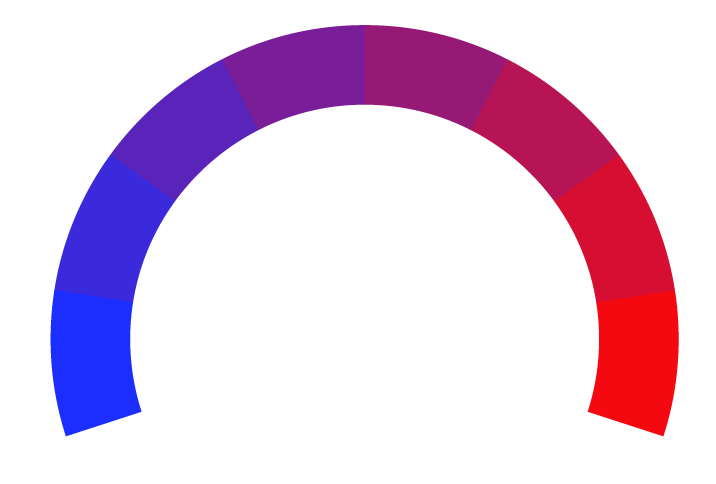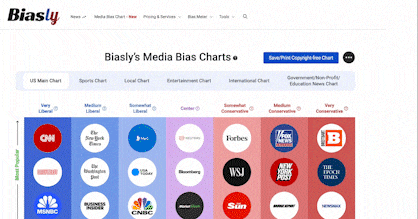It's Time To Buy Muni Bond Funds -- Here's Why And Where
- Bias Rating
- Reliability
20% ReliableLimited
- Policy Leaning
-10% Center
- Politician Portrayal
N/A
Continue For Free
Create your free account to see the in-depth bias analytics and more.
By creating an account, you agree to our Terms and Privacy Policy, and subscribe to email updates.
Bias Score Analysis
The A.I. bias rating includes policy and politician portrayal leanings based on the author’s tone found in the article using machine learning. Bias scores are on a scale of -100% to 100% with higher negative scores being more liberal and higher positive scores being more conservative, and 0% being neutral.
Sentiments
29% Positive
- Liberal
- Conservative
| Sentence | Sentiment | Bias |
|---|---|---|
Unlock this feature by upgrading to the Pro plan. | ||
Reliability Score Analysis
Policy Leaning Analysis
Politician Portrayal Analysis
Bias Meter
Extremely
Liberal
Very
Liberal
Moderately
Liberal
Somewhat Liberal
Center
Somewhat Conservative
Moderately
Conservative
Very
Conservative
Extremely
Conservative
-100%
Liberal
100%
Conservative

Contributing sentiments towards policy:
65% : For tax-sheltered accounts like IRAs, munis are inappropriate; there, use this survey of taxable bonds and bond funds.60% : There are two problems with individual tax-exempt bonds.
57% : Kentucky's flat tax rate is 4%, so the most that a rational Kentucky resident would pay in incremental cost to avoid local tax is 4% of 4%, or 0.16%.
56% : There is, that is, not a lot of state tax to be avoided.
53% : Taxes are allowed for, as well, at different income levels, in two high-tax states.
48% : " The numbers he has in mind: For bonds due in ten years, tax-exempt yields are 80% of U.S. Treasury yields, not bad for anyone destined to pay a tax of 20% or more on interest.
46% : Two states with stiff taxes, New York and California, are home to low-fee double-tax-free funds.
45% : Don't be led astray by the double-tax-free allure of a fund holding only home-state bonds.
*Our bias meter rating uses data science including sentiment analysis, machine learning and our proprietary algorithm for determining biases in news articles. Bias scores are on a scale of -100% to 100% with higher negative scores being more liberal and higher positive scores being more conservative, and 0% being neutral. The rating is an independent analysis and is not affiliated nor sponsored by the news source or any other organization.























 Forbes
Forbes